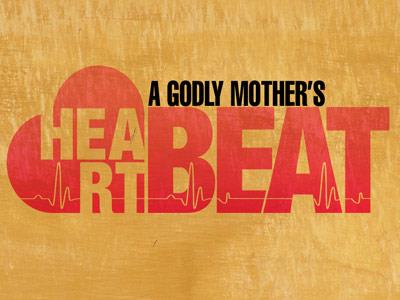-
Mardi Gras!
Contributed by Rusty Tardo on Nov 28, 2017 (message contributor)
Summary: Is the Mardi Gras celebration harmless fun? Or is it idolatrous?
The Spirit of Mardi Gras
Dr. Russell K. Tardo
Mardi Gras! The very word conjures up all sorts of images in our minds. We think of parades, floats, masquerades, balls, beads, doubloons, parties, kingcake and revelry. New Orleans promotes it as “the greatest free show on earth”, and it is considered by most to be a good wholesome time of frolicking and fun.
Most people think that Mardi Gras came to us from the French, and that its history dates back only a century or so (The first “REX” parade in New Orleans was held in 1872). There are also accounts of some sort of Mardi Gras celebrations dating back to the early 1700’s (though those celebrations were little more than drunken brawls).
Pre-Christian Origins
Actually, the Mardi Gras celebration originated in the pagan pre-Christian celebrations of spring. Ancient Greeks would sacrifice a goat, cut its hide into strips and run naked through the fields while their pagan priests lashed them with the goat-hide strips. This was a part of their spring fertility rite to insure a productive harvest for their fields and increase the fertility of their flocks and women. The custom was degenerate even by pagan standards, being a time of lewdness, immorality, drunkenness and revelry and was associated with the worship of the Greek god “Pan”.
Who Was “Pan”?
“Pan”, besides being the Greek god of fields and pastures, was even more closely associated with cattle, flocks and herds than with agriculture. He was a fertility god and therefore always represented as crude, wanton and lustful. He took the form of half goat and half man, having the legs, ears, and horns of a goat (the goat is the ancient symbol of satan), but the torso, arms and face of a man.
The Romans, too, thoroughly enjoyed this Greek festival. It was held each year in Rome during mid-February.
One writer says of this predecessor to our modern Mardi Gras:
“It became known as “Lupercalia”, after the grotto on the Palatine hill where the festivals of the god PAN were held. The Roman aristocracy of the time preferred debauchery and licentiousness to legality and morality. Men donned women’s clothing, the better to abandon themselves to orgy; thus the masquerade tradition began.”1
Another writes:
“Most scholars see a relationship between present day Mardi Gras and the ancient tribal rituals of fertility that welcomed the arrival of Spring. A possible ancestor of the celebration is the Lupercalis, a circus-like orgy held in mid-February in Rome.”2
Obviously, the celebration was totally licentious. Though it is mistakenly believed that our present Mardi Gras celebration is of more recent descent, sociologists and historians trace the present celebration directly to these obscene pagan spring fertility rites. Of course, most of the elements attending the ancient pagan celebration: (i.e., the drunkenness, lewdness, men-masquerading-as-women, obscenity, nudity, etc.,) have survived and are still very much a part of the present Mardi Gras celebration.
Deplored by the Early Christian Church
Naturally, the early church considered the whole thing an abomination, and had nothing to do with it. However, as time progressed the purity and Godly intransigence of the early church deteriorated into an impure and ungodly tolerance of such things.
Laborde said:
“Leaders of the new Christian church deplored the depravity and tried to stop it. Unsuccessful, they switched tactics. What they could not suppress, they absorbed…the Church made the spring rites an acceptable feasting before the Lenten season of penance and abstinence. They called the celebration carnelevare- a Latin word that can be loosely translated as “farewell to the flesh”-in recognition of the period of fasting from meat that would follow.”3
If You Can’t Beat ‘Em, Join ‘Em!
Unfortunately, by this time the church was deeply compromised in its faith, morals, doctrine and practice. Instead of resisting it actually began to absorb the blatantly pagan festivals that it had failed to suppress and adopted an “if you can’t beat them, join them” outlook. For instance, in 325 AD the Council of Nicea fixed the date for the Easter celebration. It would vary each year but always fall on the first Sunday after the first full moon following the Spring Equinox. They also fixed “Ash Wednesday” as the beginning of “Lent”, which was supposed to be a 40 day period of fastings, abstinence and self-denial in preparation for Easter.
But as one writer observed,
“During the medieval period, rules for abstinence became strict. Then it was the custom to refrain from all meats, milk, and its various products, and eggs; also a person was supposed to eat only in the evening.”4
Thus, the day before Ash Wednesday was Carnival! It meant “farewell to flesh” (at least for the Lenten season). The French called it MARDI GRAS or FAT TUESDAY because it was a day to gorge oneself on flesh and all milk and egg products. Not surprisingly, the symbol for Mardi Gras is a huge, fat bull; the “Boeuf gras” (the fatted bovine).

 Sermon Central
Sermon Central



